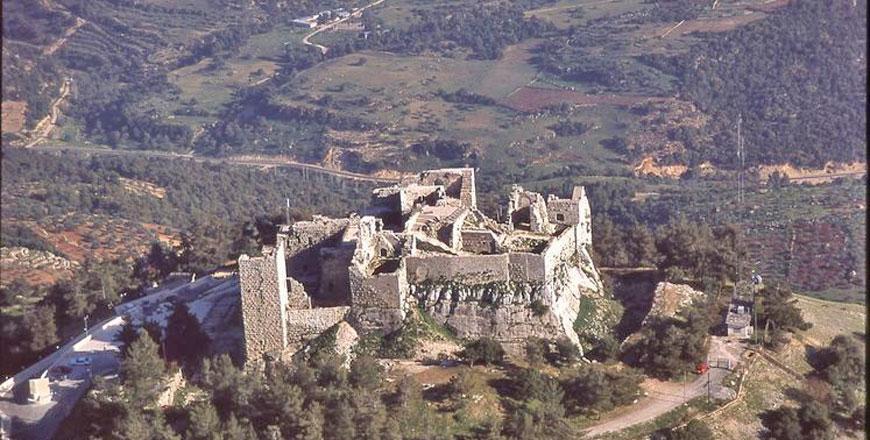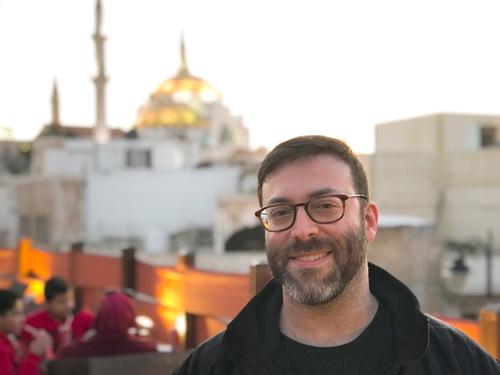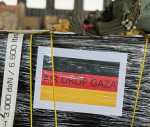You are here
American research centre develops digital archiving system
By Saeb Rawashdeh - Jul 11,2017 - Last updated at Jul 11,2017

AMMAN — Developing a consistent naming system for digital files is essential to maintain an organised and useful archaeological archive, said Corrie Commisso, senior archival consultant for the American Centre of Oriental Research’s (ACOR) Photo Archive project.
The remark came during the event titled “Archival Methods: a skill-sharing workshop for libraries, archives and museums in Jordan” held at ACOR last week, which gathered librarians, archivists, photographers, architects and representatives of several organisations and research centres.
ACOR was recently awarded a grant from the US Department of Education to digitise a substantial collection of historical photographs of Jordan and the Middle East — around 30,000 images — and make them available to the public.
Over the past months, ACOR has put together an archival team which has been developing digital preservation and physical conservation strategies to protect, maintain and share the collection online.
The workshop was held to share what the ACOR Photo Archive project has learned during the process, and to build a skill-sharing network of organisations running archival projects in Jordan.
Although there are best practices related to file naming, there is no universal rule on how it is done, Commisso said, adding that each library and archive has different needs related to its digital collection.
“There are two general approaches to file naming: a descriptive system, where the file name includes specific details about the content of the file; and an opaque system, where the filename is simply a numeric code assigned to a file,” she continued.
For an archive that does not have a collection management or Digital Asset Management (DAM) system in place, the archivist explained, the file name becomes the primary means of determining what an individual file contains, so more description is necessary.
“As a result, descriptive file names can be quite lengthy — often more than 50 characters,” she said, noting that, on the other hand, “when an archive is using a quality collection management or DAM system, there is less of a need for descriptive file names, as a file can be searched for and found easily by any number of its metadata assets”.
Since ACOR is running a robust collection management system for its archive, Commisso explained, there should be a compromise between the two systems, including “some descriptive detail but keeping the file name less than 20 characters”.
The Library of Congress’ standard for digital file names is eight characters, she noted.
According to the expert, there are good reasons for keeping digital file names as short as possible, because not all systems and software can handle long filenames properly.
“We can’t predict where our files will end up — especially those which we are making accessible to the public — and our content will be useless if users can’t access it due to poorly formatted file name,” she noted, adding that longer file names leave more room for user error when entering the file name.
“By investing in detailed metadata or tags which help to identify an archival source, we’re trying to ensure that whatever search a researcher, staff member or member of the public uses, they arrive at their desired knowledge,” said Jessica Holland, a graduate student at the School of Oriental and African Studies at the University of London and one of the junior archivists supporting the ACOR project.
The importance of including both official and daily usage place names in “tags”, which identify an old photo, artwork or record, is vital when designing virtual pathways to information, Holland said, stressing it helps represent the relationships of a subject grounded in a continuously changing reality.
Participants in the workshop included the CBRL British Institute in Amman, Darat Al Funun, Department of Antiquities, German Jordanian University Architectural Conservation Programme, Institut Français de Proche Orient, German Protestant Institute of Archaeology, Studio X-Janet Abu Lughod Archive, Turath and award-winning photographer Henk Bos.
Related Articles
AMMAN — The American Centre of Oriental Research (ACOR) has started digitalising images and photo collections with the aim of preserving the
AMMAN — Given the numerous threats facing archaeological and cultural heritage sites in Jordan and the region, whether from war, development
AMMAN — After working on commercial photography for years, an American photographer recently came to Jordan to work with the large photo arc

















